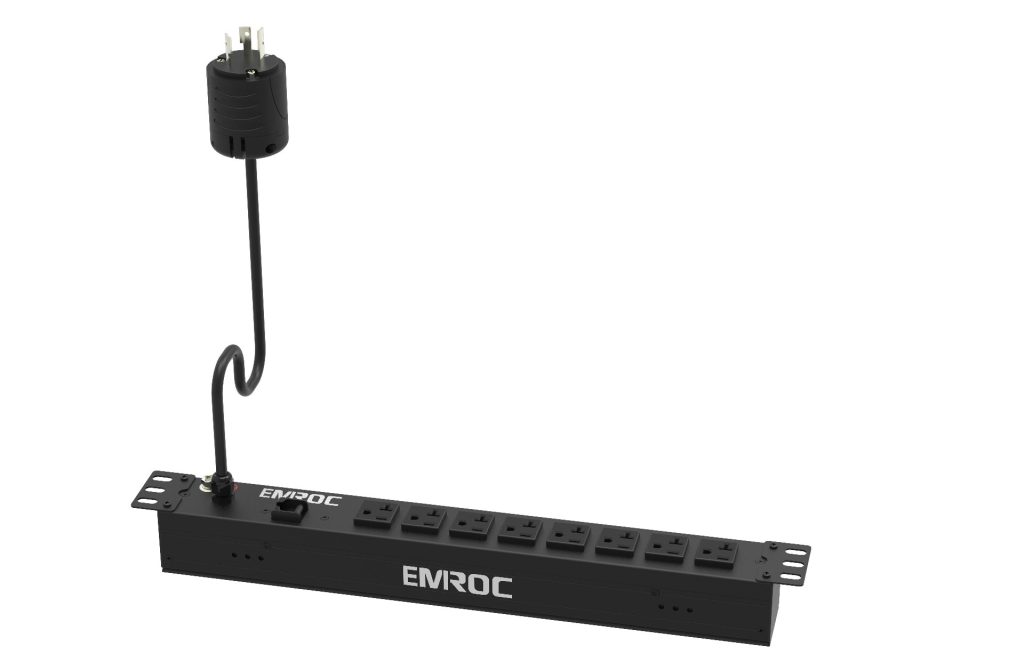Power Distribution Units (PDUs) play a pivotal role in ensuring efficient and reliable power distribution within data centers, server rooms, and various industrial settings. With the increasing demand for seamless operations and optimal energy management, the choice between different PDUs becomes a critical decision. This article aims to provide a comprehensive comparison of two prominent PDUs – Basic PDUs and Intelligent PDUs – to assist decision-makers in selecting the most suitable option for their specific requirements.

Basic PDUs, as the name suggests, offer fundamental power distribution capabilities. They provide a reliable means of distributing power to multiple devices, offering a straightforward setup and basic monitoring features. Basic PDUs come in various configurations, including rack-mounted and vertical designs, allowing users to choose according to their spatial limitations. These PDUs are cost-effective and are well-suited for small-scale operations where remote monitoring and advanced management features are not essential. On the other hand, Intelligent PDUs, also known as Smart PDUs, have emerged as a more advanced solution tailored to meet the evolving needs of modern data centers and IT environments. Unlike Basic PDUs, Intelligent PDUs offer a plethora of advanced features that enhance power management, efficiency, and remote monitoring capabilities. These features include real-time power consumption tracking, outlet-level switching, environmental monitoring (temperature, humidity, etc.), and integration with management software. Intelligent PDUs provide administrators with valuable insights into power usage, enabling them to optimize energy consumption and respond promptly to any issues. One of the significant advantages of Basic PDUs is their simplicity. They are easy to install and require minimal configuration, making them an ideal choice for businesses with limited IT resources or those seeking a cost-effective solution for powering devices. However, their lack of advanced monitoring and control features may hinder the ability to effectively manage power distribution in larger, more complex environments. Intelligent PDUs, while offering a higher initial investment, provide substantial long-term benefits. The ability to monitor power usage at a granular level ensures efficient load balancing, which can lead to energy savings and reduced operating costs. Furthermore, remote access and control capabilities empower administrators to respond swiftly to power-related issues, minimizing downtime and enhancing overall system reliability. When deciding between Basic PDUs and Intelligent PDUs, several factors come into play. Budget considerations, the scale of the operation, growth projections, and the criticality of uptime should all be carefully evaluated. Basic PDUs may be suitable for smaller setups with limited power distribution needs, where cost is a primary concern. In contrast, Intelligent PDUs are better suited for organizations with larger and more complex infrastructures, where remote management, advanced monitoring, and energy efficiency are paramount. In conclusion, the choice between Basic PDUs and Intelligent PDUs ultimately depends on the specific requirements of the organization. Basic PDUs offer simplicity and cost-effectiveness, while Intelligent PDUs provide advanced features that enable efficient power management and remote monitoring. Careful consideration of the organization’s size, growth prospects, and budget constraints will guide the decision-making process. Whichever option is chosen, ensuring a reliable and optimized power distribution system is crucial for maintaining smooth operations and minimizing downtime in today’s technology-driven world.